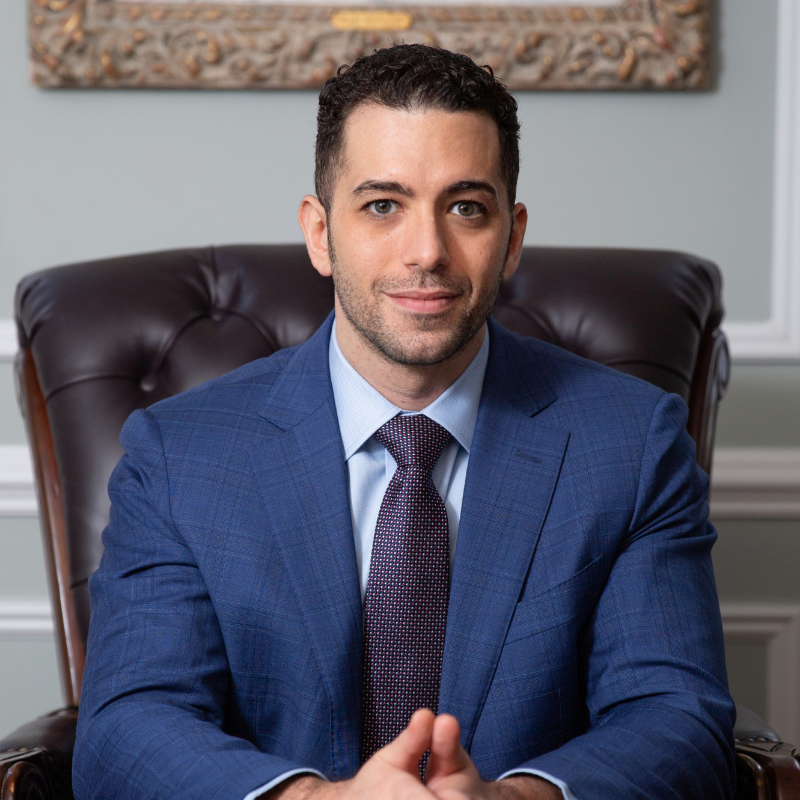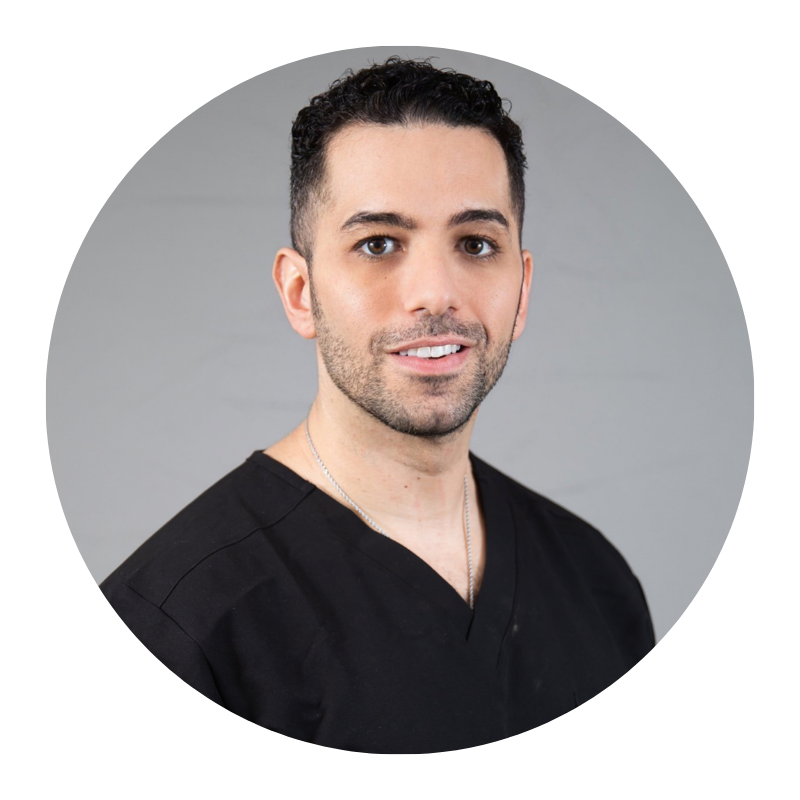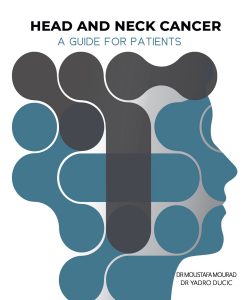When contemplating facial plastic surgery, such as a rhinoplasty, one may question the necessity of also undergoing a septoplasty. A septoplasty is a surgical procedure aimed at correcting a deviated septum, which may result in breathing difficulties. This article will examine the advantages and disadvantages of undergoing a septoplasty concurrently with rhinoplasty, assisting you in making an informed decision.
What is a rhinoplasty?
A rhinoplasty, commonly referred to as a “nose job,” is a surgical procedure performed by facial plastic surgeons to reshape and enhance the appearance of the nose. It is one of the most popular cosmetic procedures, and it can address various concerns, including nasal dorsum irregularities, nasal tip projection, and overall harmony with other facial features.
Different rhinoplasty techniques
Rhinoplasty can be performed using different techniques, such as closed rhinoplasty or open rhinoplasty, depending on the patient’s specific needs and the surgeon’s preference. During the procedure, the surgeon modifies the nasal bones, cartilage, and soft tissue to achieve the desired outcome. Cartilage grafts may be used to provide additional support or to improve the nasal structure.
Can rhinoplasty be combined with other cosmetic surgeries?
In some cases, this nose surgery can also be combined with other functional procedures, such as septoplasty, to address issues related to nasal obstruction, chronic sinusitis, or septal deformities. This combination, referred to as functional rhinoplasty, aims to improve both the appearance and function of the nose, including nasal breathing and airway obstruction.
What is a septoplasty?
A septoplasty is a surgical procedure performed by facial plastic surgeons or otolaryngologists (ear, nose, and throat specialists) to correct a deviated nasal septum. The nasal septum is the cartilaginous and bony structure that divides the nasal cavity into two separate nasal passages. Septal deformities can cause issues such as nasal obstruction, difficulty breathing, and chronic sinusitis.
Septoplasty procedure
During septoplasty, the surgeon works within the nasal cavity to straighten the deviated septum by adjusting the cartilage, bone, and soft tissue. In some cases, cartilage grafts or spreader grafts may be used to provide additional support or to improve the nasal structure. Septal perforation, a potential complication of septoplasty, is a rare occurrence where a hole forms in the septum, causing issues like nasal crusting, bleeding, or whistling sounds during nasal breathing.
Can septoplasty be combined with other cosmetic surgeries?
Septoplasty can be performed independently or combined with other procedures, such as rhinoplasty, to address both functional and cosmetic concerns. This combination, referred to as functional rhinoplasty, aims to improve both the appearance and function of the nose, including nasal breathing and airway obstruction.
What are the benefits of having a septoplasty and rhinoplasty together?
A septoplasty and rhinoplasty are two different surgical procedures that can be performed separately or together, depending on the patient’s needs. A septoplasty focuses on correcting a deviated septum, which can improve breathing and sinus function, while a rhinoplasty is a cosmetic procedure that reshapes the nose to improve its appearance.
Combining a septoplasty and a rhinoplasty can offer several benefits:
1. Address breathing issues
If you have a deviated septum, it can cause breathing difficulties, such as snoring, difficulty breathing through your nose, and sinus infections. A septoplasty can correct these issues, allowing you to breathe easier and sleep better.
2. Improved function and aesthetics
Combining septoplasty, which corrects septal deformities and improves the nasal airway, with cosmetic rhinoplasty can lead to better overall results in terms of nasal breathing and appearance.
3. Better surgical planning
Surgeons can more effectively plan the procedures, considering both functional and aesthetic goals, leading to more harmonious outcomes. Techniques such as closed rhinoplasty, cartilage grafting, and nasal valve surgery can be utilized to achieve desired results.
4. Save time and money
Having a septoplasty and rhinoplasty at the same time can save you time and money. You’ll only need to undergo anesthesia and recovery once, and you may be able to get a discounted rate for having multiple procedures.
5. Achieve symmetry
If you’re having a rhinoplasty to improve the appearance of your nose, having a septoplasty at the same time can help achieve symmetry. By correcting the deviated septum, the surgeon can create a more balanced and proportionate nose.
6. Single recovery period
Undergoing both procedures simultaneously reduces the need for multiple surgeries, anesthesia exposures, and separate recovery periods, making it more convenient for patients.
7. Reduced scarring
Since both procedures can be performed through the same incisions, there is a reduced risk of additional scarring.
8. Synergy in results
Addressing both the internal nasal septum and external nose structure can enhance the overall outcome, as improved nasal function may complement the cosmetic enhancements and vice versa.
9. Avoid future surgeries
If you’re already undergoing surgery, it may be a good idea to address any other issues at the same time to avoid future surgeries. By having a septoplasty and rhinoplasty together, you can potentially avoid having to undergo another surgery later on. Specifically, if you need a breathing surgery, such as one for nasal valve collapse, not having septal cartilage will mean you need other grafting surgeries such as rib graft.
Are there any risks of having a septoplasty and a rhinoplasty together?
Combining septoplasty and rhinoplasty can offer several benefits to patients with nasal obstruction and deformities. However, as with any surgical procedure, there are potential risks and complications. Facial plastic surgeons perform these procedures to correct issues with the nasal septum, nasal bones, and cartilage, aiming to improve both nasal function and facial features.
1. Increased Risk of Complications
Combining two surgeries can increase the risk of complications, such as bleeding, infection, and anesthesia-related issues.
2. Longer Recovery Time
Recovering from two surgeries at once can take longer than recovering from one surgery. You may need more time off work and may experience more pain and discomfort.
3. Impaired Healing
Having two surgeries at the same time can put additional stress on your body, which can impair healing
Other potential risks associated with having both a rhinoplasty and a septoplasty together include:
1. Anesthesia complications
As with any surgical procedure involving anesthesia, there are risks such as allergic reactions and changes in blood pressure.
2. Infection
The risk of infection exists in any surgery, including rhinoplasty and septoplasty, although it is generally low with proper postoperative care.
3. Bleeding
Patients may experience excessive bleeding during or after the surgery, requiring additional interventions.
4. Pain
Postoperative pain is common and may require analgesic management. However, well-designed studies have demonstrated that pain can be effectively managed with appropriate perioperative analgesia.
5. Septal perforation
In rare cases, a hole may develop in the septal cartilage, leading to nasal crusting, bleeding, or whistling sounds during nasal breathing.
6. Unsatisfactory aesthetic results
There is a risk of dissatisfaction with the cosmetic outcome, which may necessitate revision rhinoplasty.
7. Scarring and soft tissue complications
Although scarring is generally minimal, there is a risk of visible scarring or poor healing, as well as complications related to the soft tissue in the nasal cavity.
8. Nasal obstruction
In rare cases, the surgery may lead to worsened nasal obstruction or airway issues, potentially requiring additional procedures such as endoscopic sinus surgery.
Experienced surgeons such as Dr. Mourad will conduct thorough evaluations of patients, including physical exams, to minimize the risk of complications. They will consider factors such as septal deformities, nasal turbinates, and chronic sinusitis when planning the combined surgical procedure.
As a board-certified plastic surgeon, Dr. Mourad is skilled in techniques such as closed rhinoplasty and cartilage grafting to ensure the best possible outcomes.
Evidence suggests that those risks can be drastically minimized by selecting a skilled surgeon such as Dr. Mourad in New York City
Various retrospective studies and prospective studies, including those published in journals such as JAMA Facial Plast Surg, Aesthet Surg J, Aesthetic Plast Surg, Surg Glob Open, and Ann Otol Rhinol Laryngol, have investigated the outcomes and complication rates of combined septoplasty and rhinoplasty procedures.
Evidence-based reviews, systematic reviews, and meta-analyses indicate that while there are risks, these can be minimized by selecting a skilled surgeon such as Dr. Mourad in New York and following their postoperative care instructions.
Who is a good candidate for a septoplasty surgery and a rhinoplasty surgery?
A good candidate for septoplasty and rhinoplasty surgery is someone who seeks to address both functional and cosmetic concerns related to their nose.
Facial plastic surgeons such as Dr. Mourad perform these procedures to improve nasal function, correct septal deformities, and enhance the appearance of the nose.
Potential candidates for a septoplasty and a rhinoplasty may exhibit the following characteristics:
- Nasal obstruction: Patients who experience difficulty breathing due to a deviated nasal septum or other structural issues, such as nasal valve collapse or enlarged nasal turbinates, may benefit from septoplasty combined with rhinoplasty.
- Cosmetic concerns: Individuals who are unhappy with the appearance of their nose, including issues like a dorsal hump, crooked nose, wide nasal dorsum, or inadequate nasal tip projection, may be good candidates for a combined procedure.
- Chronic sinusitis: Patients suffering from chronic sinusitis due to septal deviations or other structural abnormalities may benefit from a combined approach to improve their nasal airway and sinus function.
- Realistic expectations: Good candidates should have realistic expectations regarding the potential outcomes, risks, and limitations of the procedures. They should understand that the primary goal of septoplasty is to improve nasal function, while rhinoplasty focuses on enhancing the nose’s appearance.
- Good general health: Ideal candidates should be in good overall health without any medical conditions that could increase the risk of complications or affect the healing process.
- Non-smoker: Smoking can hinder the healing process and increase the risk of complications. Good candidates should be non-smokers or willing to quit smoking before and after the surgery.
It is essential for individuals considering septoplasty and rhinoplasty surgery to consult with a board-certified facial plastic surgeon such as Dr. Mourad to discuss their specific goals, potential risks, and expected outcomes.
The surgeon will perform a thorough evaluation, including a physical exam, review of medical history, and assessment of nasal structure, to determine if the patient is a suitable candidate for the combined procedure. This will ensure that patients receive the most appropriate care and achieve the best possible results.



